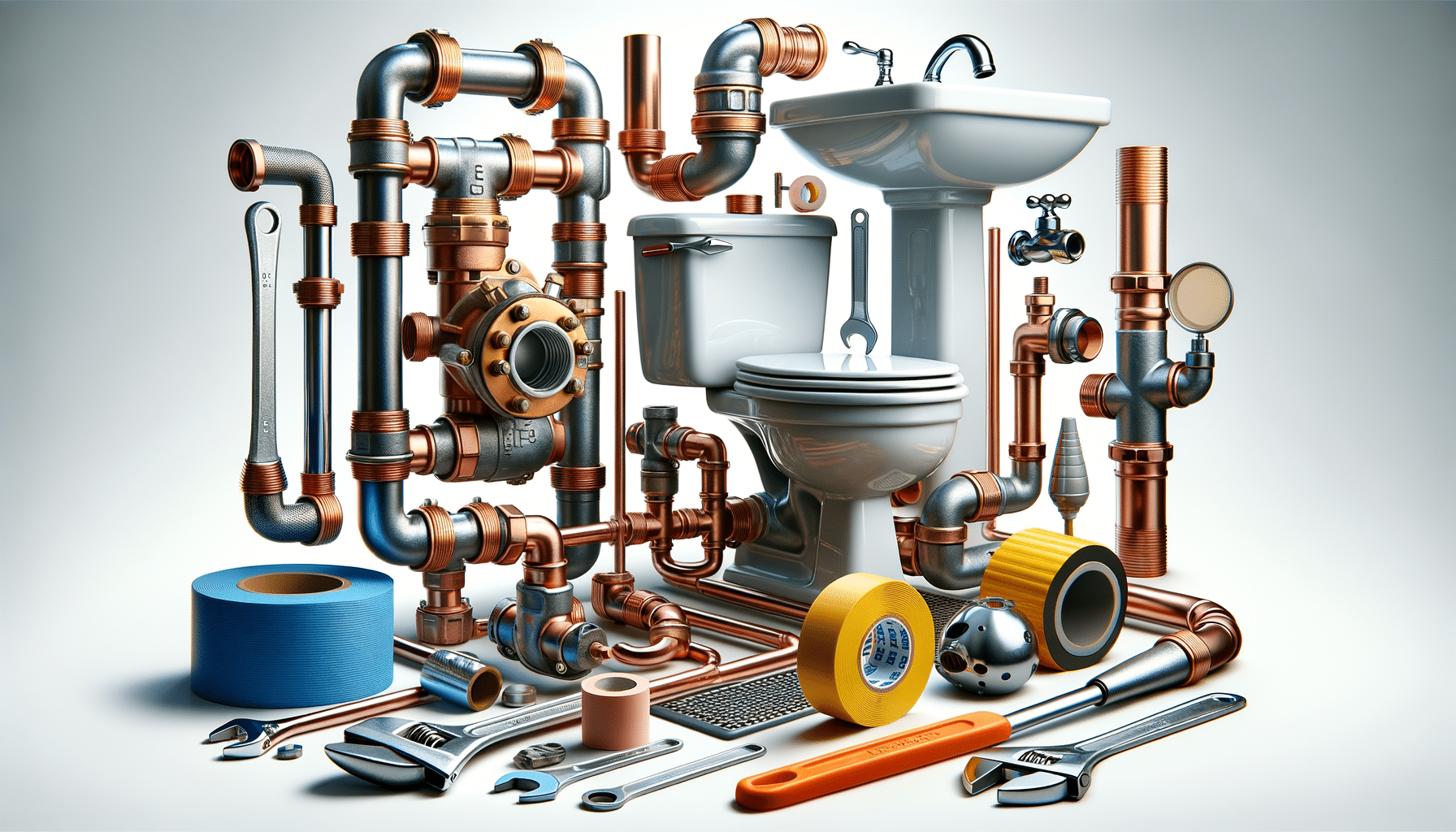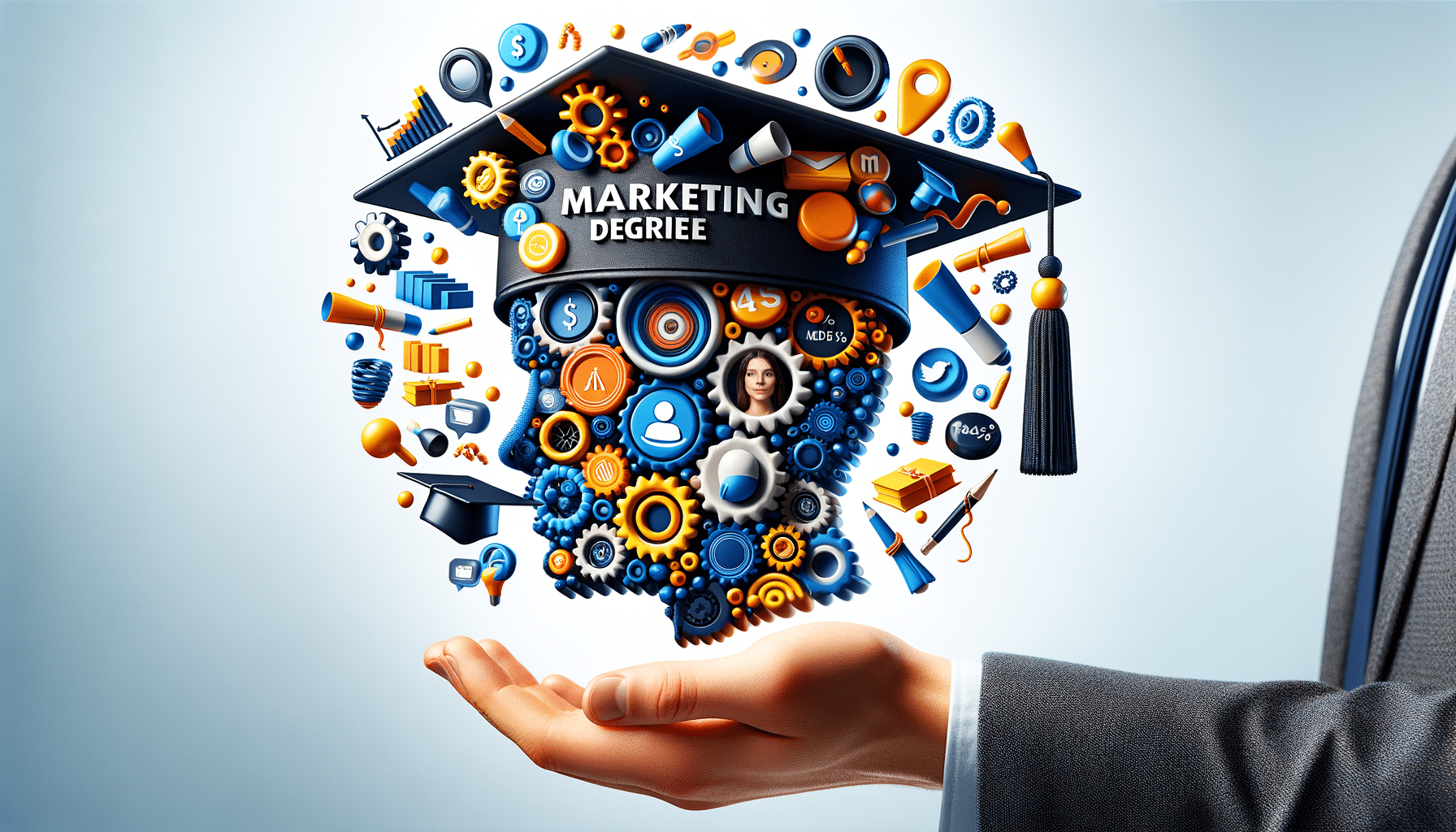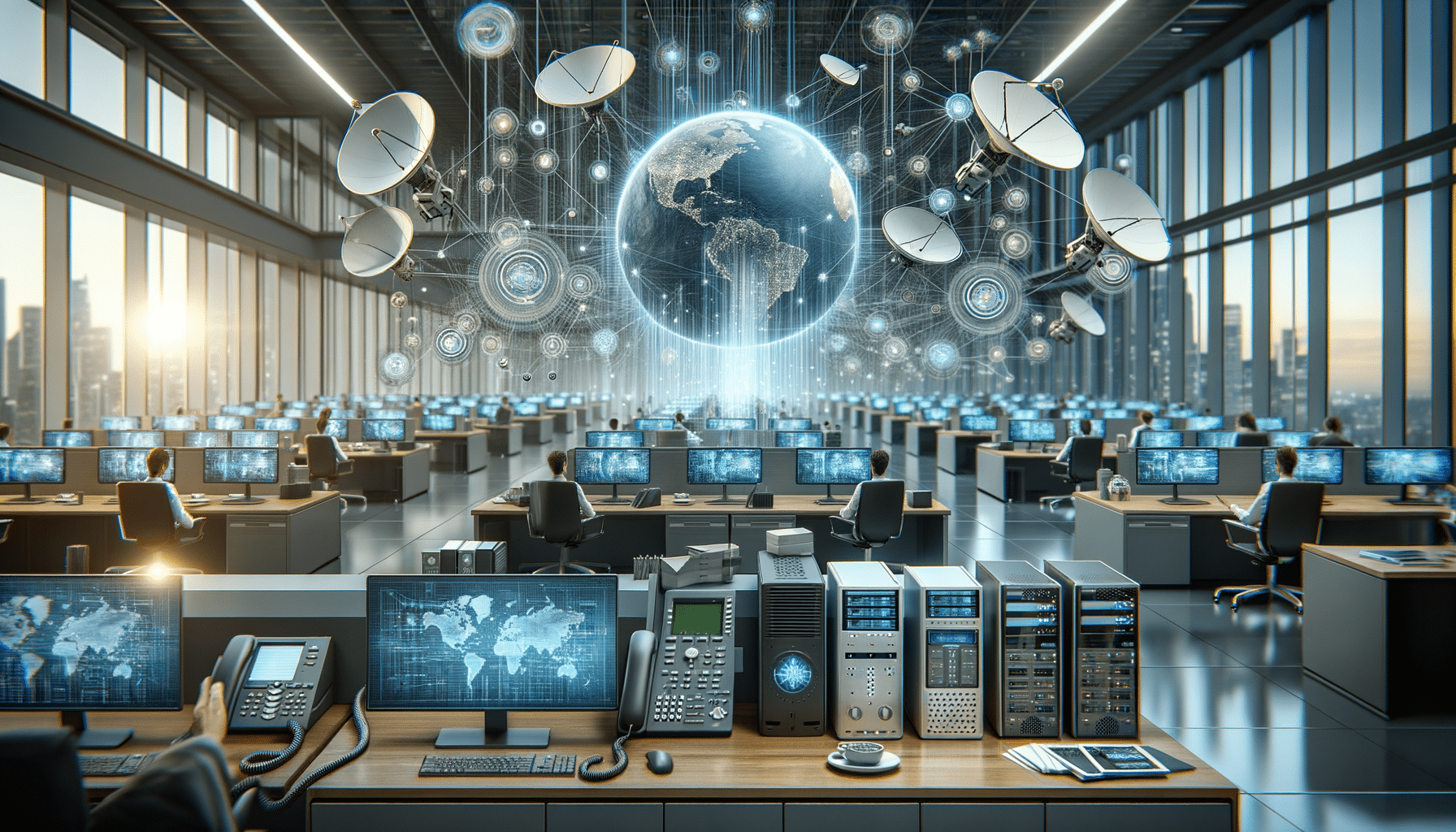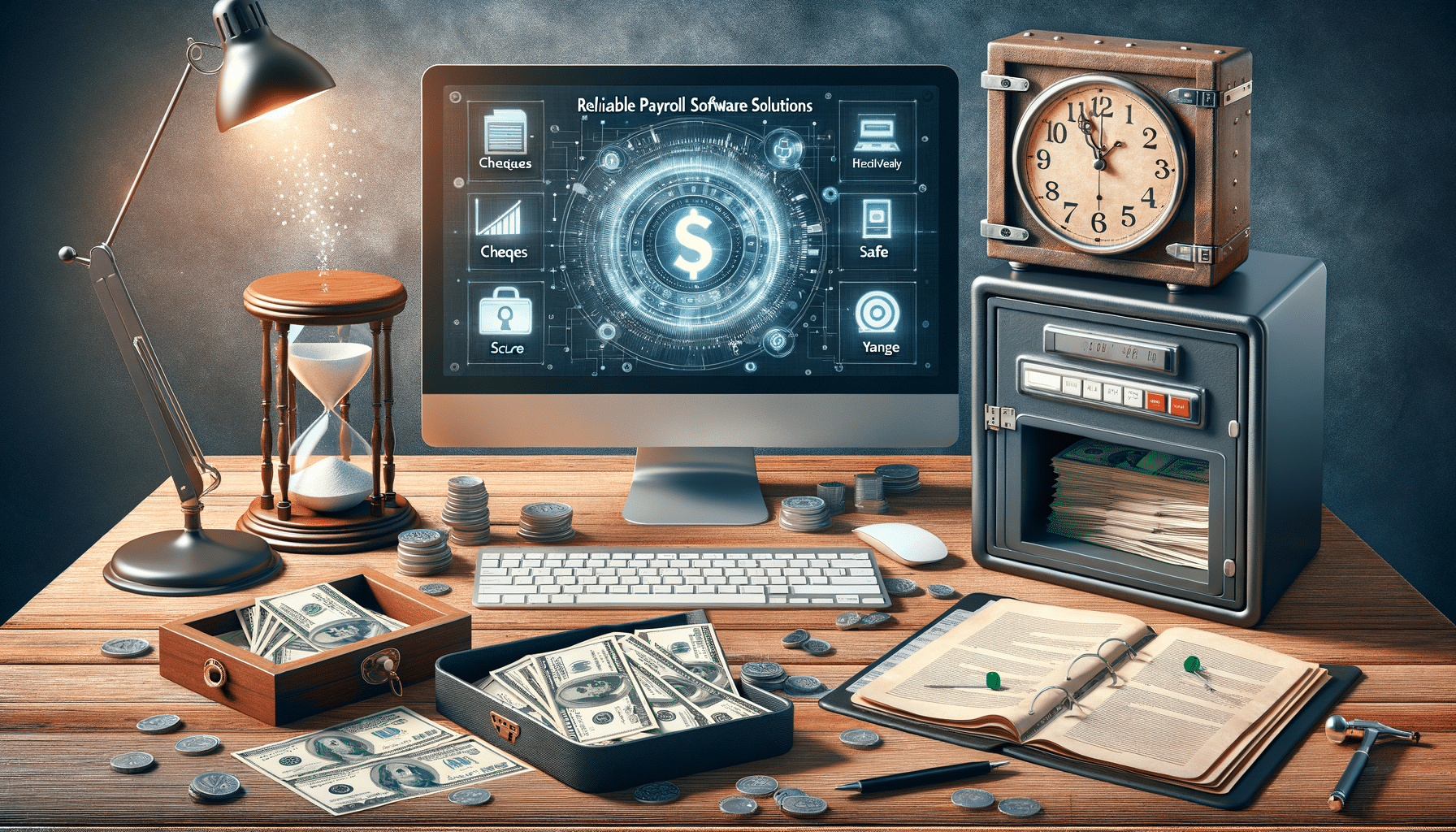
Plumber
Introduction to Plumbing
Plumbing is a crucial aspect of modern living, providing the infrastructure for clean water supply and efficient waste removal. It plays an essential role in maintaining hygiene and convenience in homes and businesses. Understanding the basics of plumbing can help homeowners manage minor issues and make informed decisions about repairs and upgrades. This article delves into the components of plumbing systems, maintenance practices, and the latest innovations in the field.
Components of a Plumbing System
A plumbing system is composed of various interconnected components that work together to deliver water and remove waste. Key elements include:
- Water Supply Lines: These pipes bring fresh water into the building from a municipal source or a private well.
- Drainage Pipes: These carry wastewater away from sinks, toilets, and other fixtures to the sewer or septic system.
- Fixtures: Sinks, toilets, showers, and bathtubs are common fixtures that use water and require proper plumbing connections.
- Valves: These control the flow of water and are essential for maintenance and emergency shut-off.
Understanding these components can help in identifying issues and communicating effectively with professionals during repairs.
Common Plumbing Issues and Solutions
Plumbing problems can range from minor leaks to major system failures. Some common issues include:
- Leaky Faucets: Often caused by worn-out washers or seals, these can be fixed by replacing the faulty parts.
- Clogged Drains: Accumulations of hair, soap, and debris can block drains. Regular cleaning and the use of strainers can prevent this.
- Running Toilets: A malfunctioning flapper valve usually causes this issue, which can be resolved by replacing the valve.
While some problems can be resolved with DIY methods, others may require professional assistance to ensure proper repair and prevent further damage.
Plumbing Maintenance Tips
Regular maintenance is key to preventing plumbing issues and prolonging the life of the system. Here are some tips:
- Inspect Pipes Regularly: Look for signs of leaks or corrosion and address them promptly.
- Clean Drains: Use natural cleaners like baking soda and vinegar to keep drains clear and odor-free.
- Check Water Pressure: High water pressure can damage pipes and fixtures, so ensure it is within the recommended range.
By following these maintenance practices, homeowners can save on costly repairs and improve the efficiency of their plumbing systems.
Innovations in Plumbing Technology
The plumbing industry is continually evolving with new technologies aimed at improving efficiency and sustainability. Some notable innovations include:
- Smart Water Systems: These systems use sensors and connectivity to monitor water usage and detect leaks, providing real-time alerts to homeowners.
- Low-Flow Fixtures: Designed to reduce water consumption, these fixtures are an eco-friendly option that can significantly decrease water bills.
- Tankless Water Heaters: Offering on-demand hot water, these heaters are energy-efficient and save space.
Embracing these innovations can lead to more sustainable living and cost savings over time.


